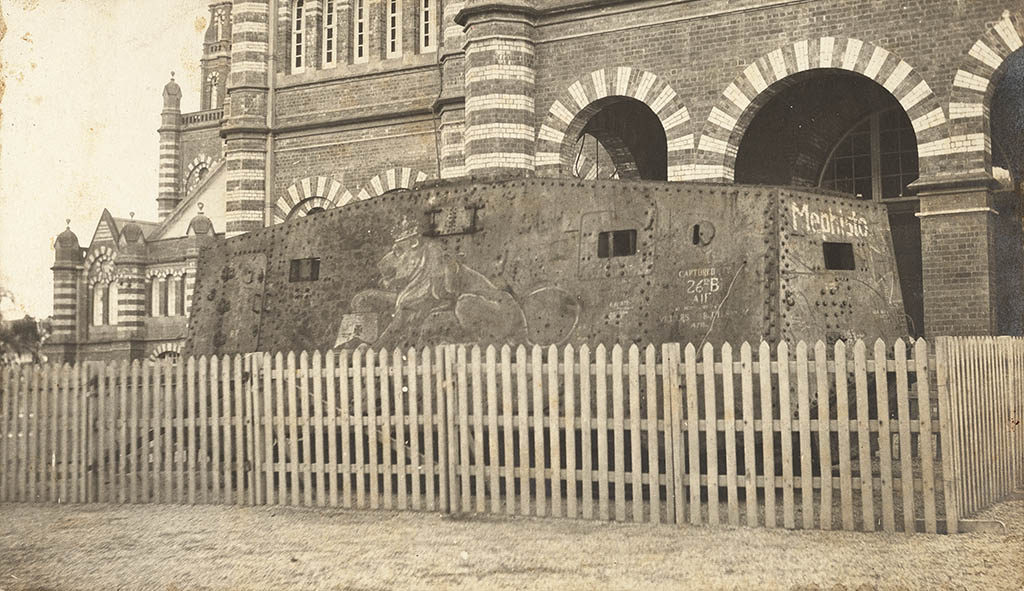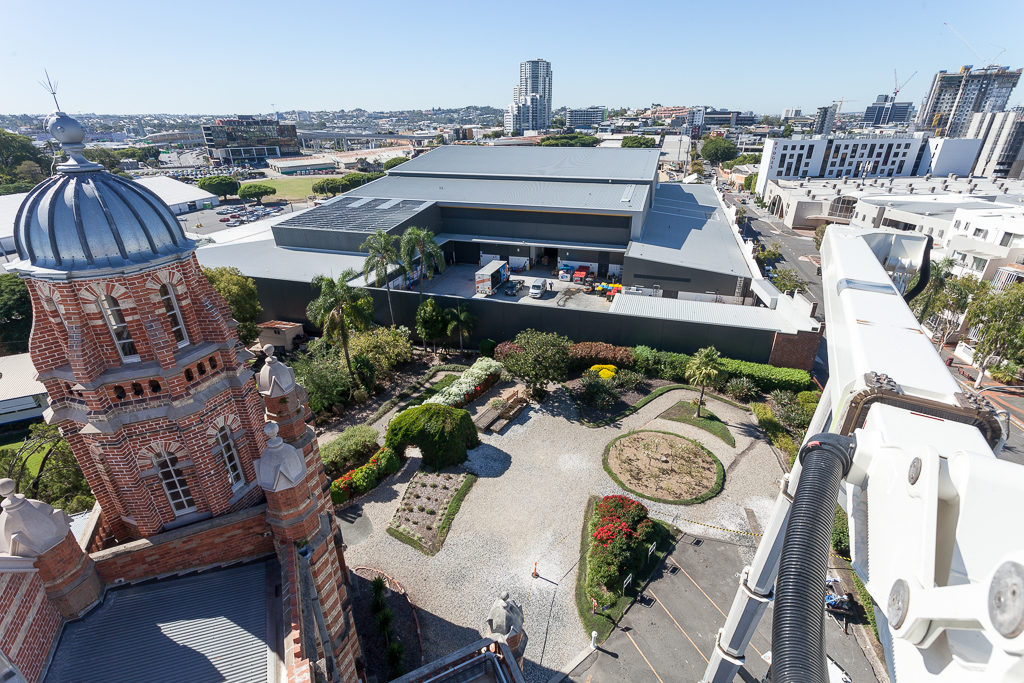A note from the editor:
The Queensland Museum is the custodian of Mephisto, the only First World War German tank left in the world. The tank was captured in France by Australian soldiers in 1918.
Most of the troops who captured the tank came from Queensland. They campaigned for Mephisto to be brought to Brisbane, where it was put on display at the Queensland Museum in 1919.
A group of museum curators are writing a book about Mephisto and are appealing for your help to find old photographs of the tank.
Have you got a photo of Mephisto at the old museum? If you do, the museum curators would love to hear from you. And please, share the story here too.

The German First World War tank ‘Mephisto’ on display outside the entrance to the Queensland Museum. The photo was taken before 1921 when an open-sided shelter was built to give it some protection from the weather. John Oxley Library
‘




Recent Comments